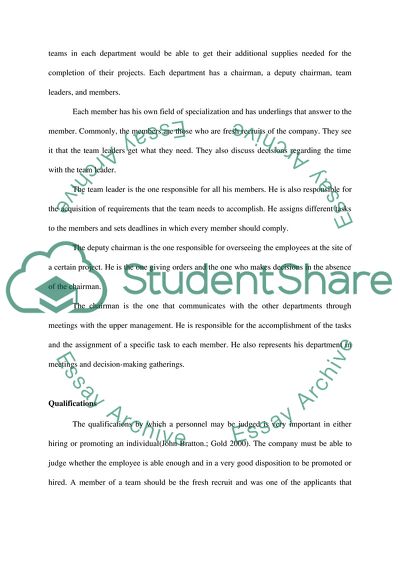Cite this document
(Human Resource Management - the Combination of the Hard and Soft HR Sy Term Paper, n.d.)
Human Resource Management - the Combination of the Hard and Soft HR Sy Term Paper. Retrieved from https://studentshare.org/human-resources/1705622-discuss-a-system-of-human-resource-management-hrm-that-could-be-successfully-used-by-a-firm-operating-in-either-the-construction-or-property-industries-criti
Human Resource Management - the Combination of the Hard and Soft HR Sy Term Paper. Retrieved from https://studentshare.org/human-resources/1705622-discuss-a-system-of-human-resource-management-hrm-that-could-be-successfully-used-by-a-firm-operating-in-either-the-construction-or-property-industries-criti
(Human Resource Management - the Combination of the Hard and Soft HR Sy Term Paper)
Human Resource Management - the Combination of the Hard and Soft HR Sy Term Paper. https://studentshare.org/human-resources/1705622-discuss-a-system-of-human-resource-management-hrm-that-could-be-successfully-used-by-a-firm-operating-in-either-the-construction-or-property-industries-criti.
Human Resource Management - the Combination of the Hard and Soft HR Sy Term Paper. https://studentshare.org/human-resources/1705622-discuss-a-system-of-human-resource-management-hrm-that-could-be-successfully-used-by-a-firm-operating-in-either-the-construction-or-property-industries-criti.
“Human Resource Management - the Combination of the Hard and Soft HR Sy Term Paper”. https://studentshare.org/human-resources/1705622-discuss-a-system-of-human-resource-management-hrm-that-could-be-successfully-used-by-a-firm-operating-in-either-the-construction-or-property-industries-criti.


